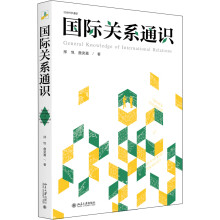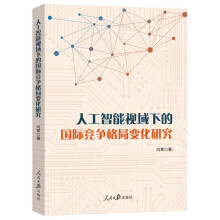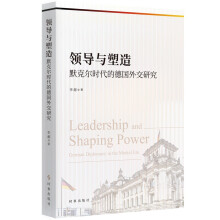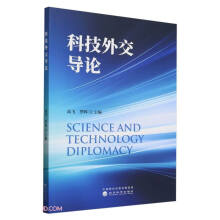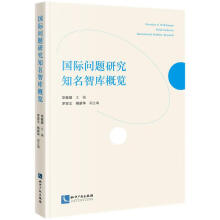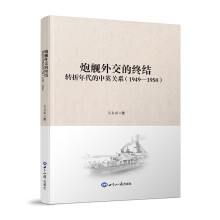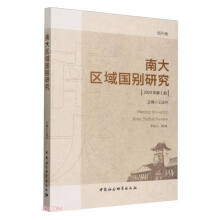Since the establishment of diplomatic relations between the EU and China in 1975, more than sixty institutionalized dialogue formats provide a solid and sustainable framework for cooperation in areas such as trade and investment, environmental protection, energy, research and innovation, education, people-to-people exchanges. European companies invested considerably in China's manufacturing industries, thus contributing to the export-oriented growth model in the three decades after China's gradual opening-up started in the early 1980s. China is now the EU's number two ranked trading partner behind the United States, and the EU is China's number one ranked trading partner. In the wake of China's accession to the WTO in 2001, its "Going Global" policy predominantly resulted in foreign direct investments (FDI) in the tertiary sector, the main sub-sectors being leasing and commercial services, followed by in the primary sector. The sectoral concentration is refiected in the geographical distribution of China's FDI in the first decade of the 21st millennium. In 2010, only five percent of China's global FDI stock was invested in Europe. Since then, two major changes in China's "Going Global policy have connected Europe more closely with China". First, the moving up in the value chain from low-tech to high-tech manufacturing has resulted in a significant increase of Chinese M&As in Europe. It is estimated that by the end of 2017 China has taken over approximately 360 European companies which contributes to exceed China's European FDI compared to FDI in the United States by 45%. In this context, the EU-China High Level Innovation Cooperation Dialogue which was'set up in 2012 and started in 2013 is-according to the European Commission-aiming to improve mutual understanding of EU's and China's innovation systems and policies, promote effective innovation policies and support measures, and tackle the framework conditions for innovation. The ongoing negotiations on a comprehensive EU-China investment agreement which was launched in 2013 are further evidence for the deepening of EU-China relations. Second, in the five years since President Xi Jinping proposed the "Belt and Road Initiative" (BRI), the "Silk Road Economic Belt" and the "21st Century Maritime Silk Road" have considerably intensified China's economic relations with European countries. In addition to the aforementioned Chinese M&As and greenfield investments in Europe, the BRI is improving the transport connectivity between China and Europe through investment in infrastructure. The cooperation is institutionalized in more than 50 bilateral MoUs with a focus on countries in Central Eastern and Southeastern European countries. The scope of the MoUs is ranging from setting up the general framework for cooperation under the BRI to specific infrastructure project related agreements.The fast growth of China-Europe freight train routes attracted the greatest attention. Approximately 70 Chinese and European cities
are now conncected by regular direct freight services. In 2017, more than 3670 cargo trains, mainly transporting clothes, automobile parts and components,smart phones and computers, travelled from China to Europe. Despite the impressive increase in the number of freight trains since the China-Europe land route was launched in 2013, the share on total China-Europe trade value
reached just 4% in 2016.
展开

